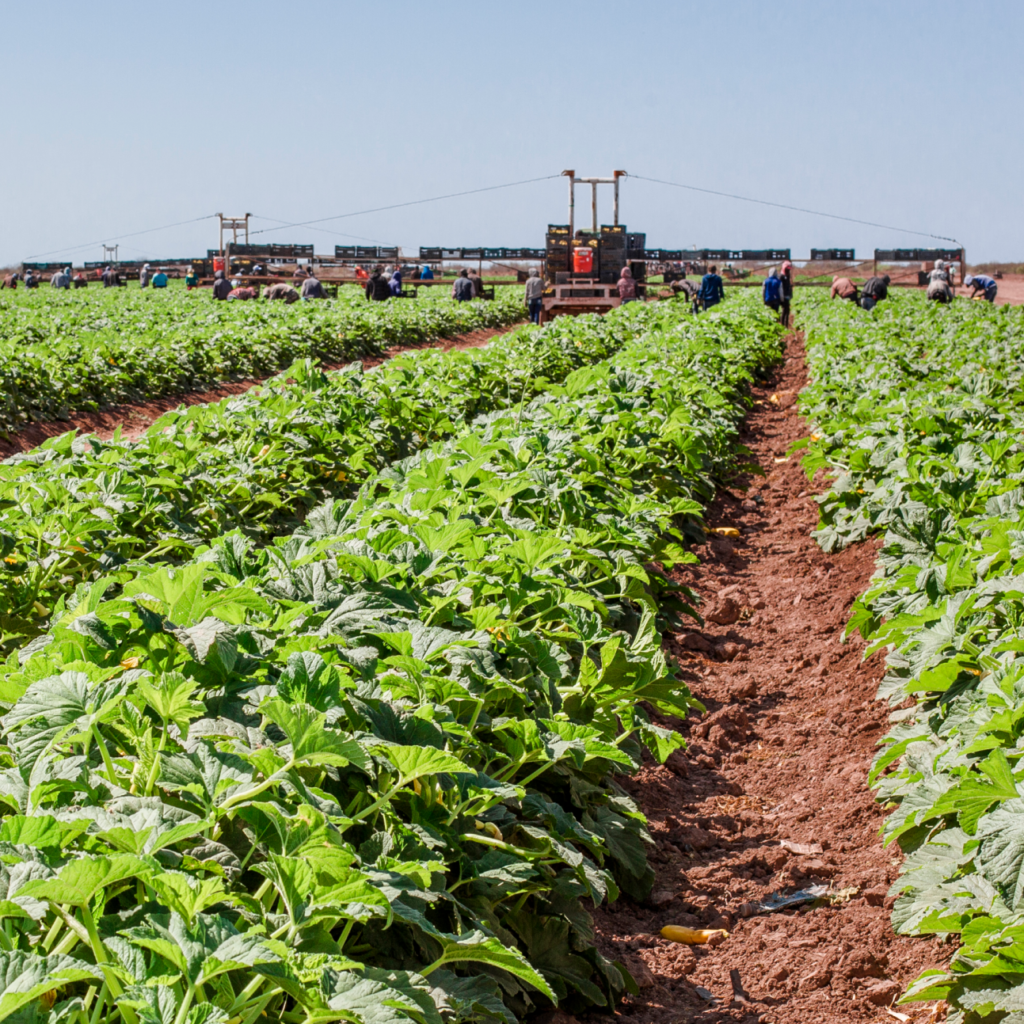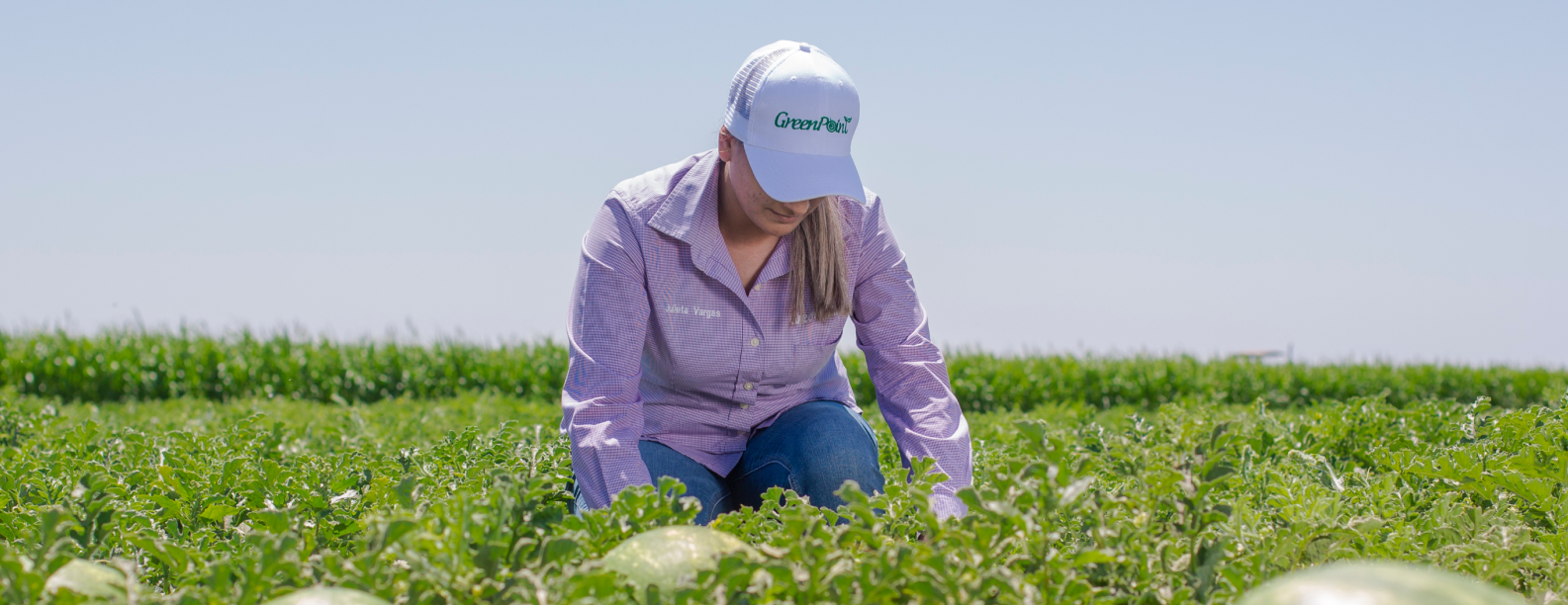

What are good agricultural practices? (GAP)
In this day and age, concern about what the world consumes has become increasingly relevant. Mainly how food products affect worker health and the quality and safety of food for the population of the world. GAP was born to address this growing concern.
To begin we have to define what are Good Agricultural Practices. Among these practices are those aimed at improving the quality, safety, and sustainability of food and agricultural products, while also maintaining responsibility toward the environment and the economy.
GAPs are a set of voluntary and international guidelines developed by members of the food industry, food producers, NGOs, and governments. These guidelines were created to help farmers and food producers guarantee or at least reduce the risk of microbial contamination, foodborne illnesses, allergic reactions, and cross-contamination, among others.
Organizations like Global GAP have designed a standardized agricultural practices manual to help farm leaders teach or utilize these practices to produce fruits and vegetables. This organization promotes safe supply chain practices for organizations.
Good agricultural practices examples and key elements of this GAP manual are:
- Overall management systems
- Overall production systems
- Risk management
- Human resources
- Management resources
- Cultivation management
- Hygiene management
- Dedicated management
In the end, GAP guidelines are followed by many food producers around the world. These guidelines are designed to help food producers reduce the risk of cross-contamination as much as possible.
BASIC GAP STANDARDS
Generally speaking, GAP standards evaluate and assist in every step of farming. This includes everything from choosing the right soil for food products to worker health, education, and safety. Certification of good agricultural practices can be beneficial for both the company and the consumer.
To ensure that these standards are being followed, there are what are known as GAP audits and certifications. The USDA (United States Department of Agriculture) carries out most of the audits in the United States and it certifies food producers through what is known as the GAP/GHP (Good Agricultural Practices / Good Handling Practices) verification program or audit.
There are several sections within the USDA GAP/GHP audit, and each section has several subsections. For instance, the general farm review includes topics such as worker health and hygiene, water quality, manure and compost, and animals.
This audit reviews things like the use of proactive pest management strategies for rodents, birds, and many other animals. It also tests the quality and state of water used for irrigation and crop rinse. With the purpose of ensuring that the farm has clean installations and a hand-washing space with potable water and soap, this audit’s goal is to assure safety, quality and a space that is neat from human and animal contamination.
Another section focuses on harvesting and packing activities. This section analyzes things like keeping animals and their manure away from active fields that are producing food to prevent contamination. It also maintains soil structure, by limiting heavy tillage practices and by practicing crop rotation. Finally, other sections include packing house facilities, storage and transportation of food stuff, wholesale distribution, and preventative food defense procedures.
In the end, these standards were made to benefit the population so that farmers and consumers can access nutritious and high-quality food. Following these guides will result in value-added components for their products, improving access to markets.
The Challenges of GAPs
It is critical to acknowledge that all these regulations come with several interesting challenges. The requirements for a GAP audit can be varied and cover a wide range of areas of a food producer’s business. Complying with a GAP audit may not be an easy task. There are things to consider like a possible increase in production costs because of record keeping, residue testing, and certifications. There is also the risk of inadequate access to information and support services which in turn leads to food producers missing out on opportunities.
How will GAPs benefit your farm?
As aforementioned, Good Agricultural Practices can reduce the risk of harmful contamination of your produce. Following these voluntary guidelines can help ensure that the food you sell will not be the cause of illness for your clients or food safety hazards. Another significant factor to consider is the positive environmental impact that GAP can help generate. A positive impact on the environment is achieved by taking care of the soil and the food that is being produced. This way, there is less waste, and farming becomes sustainable.
Another key factor is that GAPs reduce the risk of disregarding national and international regulations or standards. Additionally, it will have a positive effect on the reputation of your farm. This is due to the development of infrastructure, the maintenance of clean fields, and the creation of a clean area for toilets and deposits.
As a whole, GAP on farms benefits both produce farmers and consumers. While there are some challenges, these practices will cut out big and small expenses. This will result in higher yields, better prices, and higher product quality and income.

